India, a land of ancient wisdom, vibrant traditions, and remarkable achievements, stands as a testament to the brilliance and resilience of its people. With a rich history spanning thousands of years, India has contributed immensely to the world in diverse fields. From its cultural tapestry and spiritual heritage to scientific advancements and artistic excellence, India’s proud facts weave a captivating narrative.
In this article, we will explore 20 proud facts about India that highlight its cultural, historical, and contemporary significance, shedding light on the nation’s profound impact on the global stage.
20 Proud Facts About India
1. Unity in Diversity
India is a shining example of unity in diversity. With over 1.3 billion people, it embraces a legion of religions, languages, and ethnicities. This cultural mosaic has shaped India’s identity, fostering a spirit of inclusiveness and tolerance.
2. Cradle of Ancient Civilizations
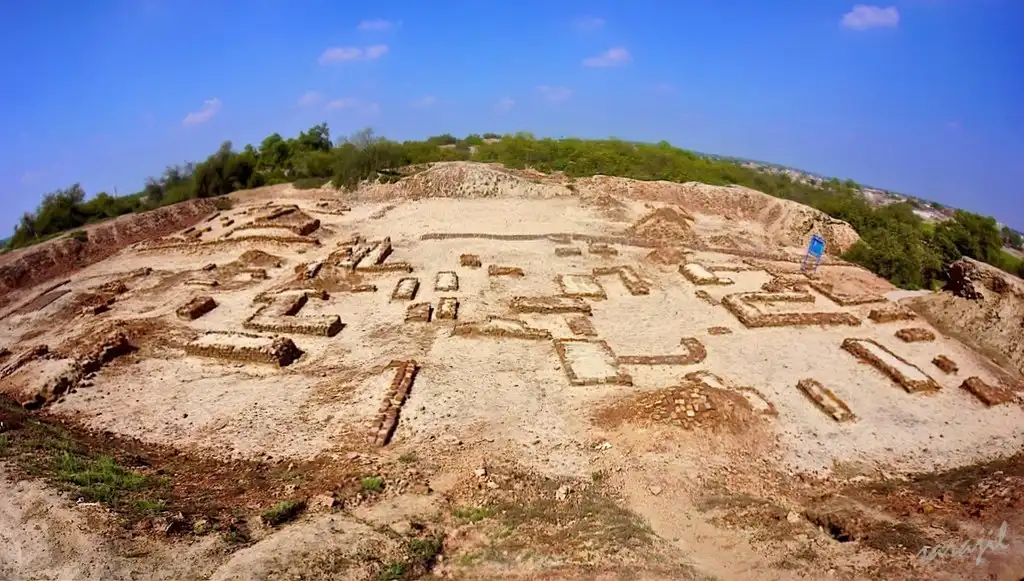
India is often referred to as the Cradle of Ancient Civilizations. This is because the Indian subcontinent has been home to some of the earliest civilizations in the world.
The Indus Valley Civilization, which flourished from 3300 to 1300 BCE, was one of the most advanced civilizations of its time.
The Indus Valley Civilization was located in present Pakistan and North-Western India. It was a highly urbanized society with a sophisticated system of irrigation.
The Indus Valley Civilization also had a rich culture, as evidenced by its art, architecture, and writing system.
Other ancient civilizations that flourished in India include the Harappan Civilization, the Vedic Civilization, and the Mauryan Empire.
The Harappan Civilization was located in the Indus Valley, and it was one of the most advanced civilizations of its time.
The Vedic Civilization was located in the Ganges Valley, and it was the foundation of Hinduism.
The Mauryan Empire was one of the largest empires in history, and it was founded by Chandragupta Maurya in the 4th century BCE.
These ancient civilizations made significant contributions to the development of Indian culture and society.
They developed new technologies, such as irrigation and writing systems. They also developed new religious and philosophical ideas, such as Hinduism and Buddhism. The legacy of these ancient civilizations continues to shape India today.
3. Birthplace of Major Religions
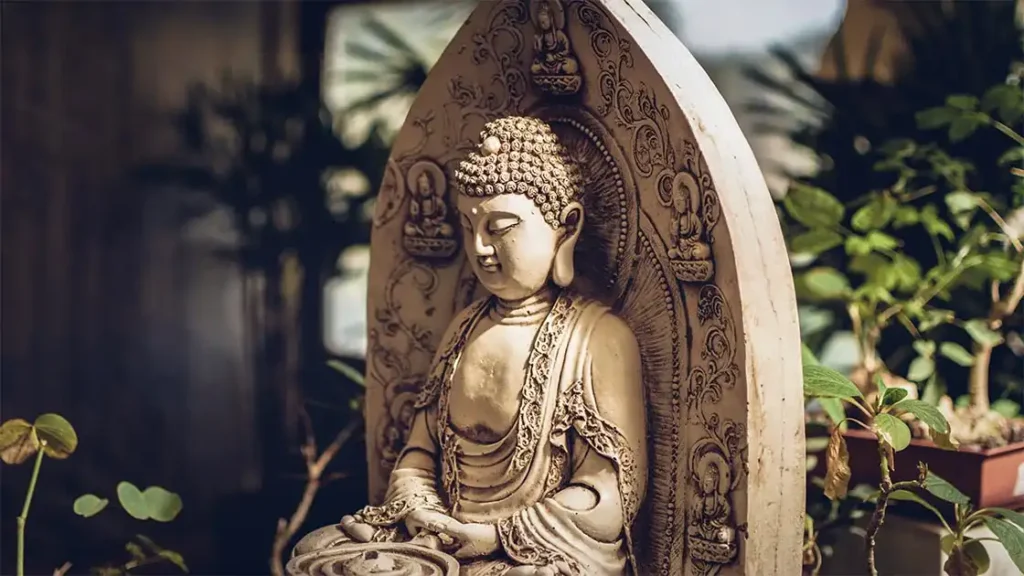
India is the birthplace of several major world religions, including Hinduism, Buddhism, Jainism, and Sikhism. These spiritual traditions have influenced countless lives and continue to shape the global spiritual landscape.
4. Architectural Marvels
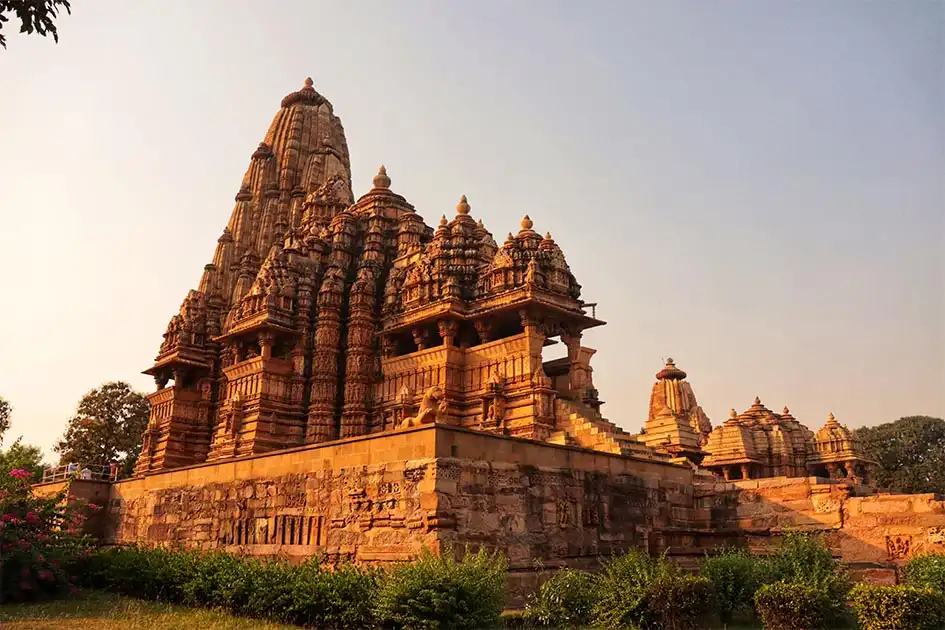
India’s architectural wonders are a testament to the country’s artistic prowess. The ethereal beauty of the Taj Mahal, the intricacy of the Khajuraho temples, and the grandeur of the Red Fort in Delhi showcases India’s architectural excellence.
5. Yoga and Meditation

India gave birth to the practices of yoga and meditation. Yoga, with its physical, mental, and spiritual dimensions, has gained worldwide popularity for its profound benefits, promoting physical well-being and inner harmony.
Yoga is a mind and body practice with a 5,000-year history in ancient Indian philosophy. The word “yoga” comes from the Sanskrit word “yuj,” which means “to yoke” or “to unite.”
Yoga is often thought of as a physical practice, but it is much more than that. Yoga is a holistic practice that combines physical postures, breathing exercises, and meditation or relaxation.
Meditation is the practice of focusing the mind on a single point. There are many different types of meditation, but they all share the goal of training the mind to be more focused and relaxed. Meditation has been shown to have several benefits for both physical and mental health.
Yoga and meditation are both rooted in the Indian tradition of samadhi, which is a state of deep concentration and relaxation. Samadhi is often described as a state of union with the divine or with the self. Yoga and meditation are practices that can help to achieve samadhi.
Yoga and meditation are now practiced all over the world, and they have become increasingly popular in recent years. There are many different styles of yoga, and there are also many kinds of meditation. There is a style of yoga or meditation that is right for everyone.
6. Ancient Centers of Learning
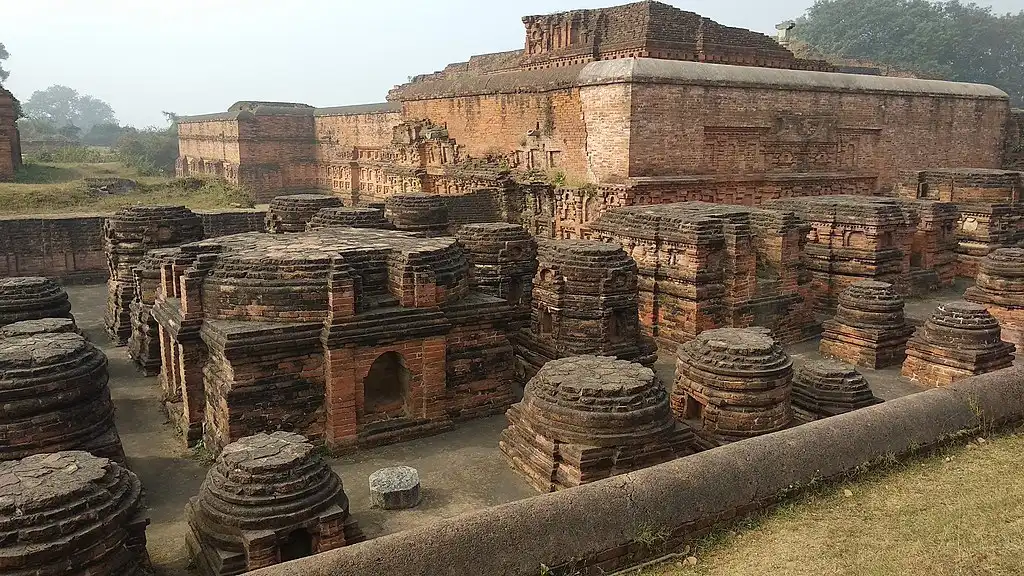
India was home to renowned centers of learning, such as Nalanda and Takshashila universities. These universities were founded centuries ago and attracted scholars from all over the world. They were centers of learning for a wide range of subjects, including mathematics, astronomy, medicine, philosophy, and religion.
Nalanda University was founded in the 5th century and was one of the most important centers of learning in the world for centuries. It attracted scholars from all over Asia, and it was a major center for the transmission of knowledge between different cultures. Nalanda University was destroyed in the 12th century, but its legacy continues to inspire scholars all over the world.
Takshashila University was founded in the 7th century and was another important center of learning in ancient India. It was a center for the study of military science, and it also taught a wide range of other subjects, including mathematics, astronomy, and medicine. Takshashila University was destroyed in the 11th century, but its legacy continues to inspire scholars all over the world.
The universities of Nalanda and Takshashila were major centers of learning for centuries, and they played an essential role in the transmission of knowledge between different cultures. They were also centers of innovation, and they made significant contributions to the development of mathematics, astronomy, medicine, and philosophy.
These universities were not just places of learning, they were also places of cultural exchange. They brought together scholars from different parts of the world, and they helped to spread knowledge and ideas. They were also centers of religious tolerance and welcomed scholars from all faiths.
The universities of Nalanda and Takshashila were destroyed centuries ago, but their legacy continues to inspire scholars all over the world. They are a reminder of the vibrant intellectual tradition of India, and they continue to be a source of inspiration for scholars and students today.
7. Contributions to Mathematics
India’s contributions to mathematics are profound. The concept of zero and the decimal system, crucial for advanced mathematics, originated in ancient India. Mathematicians like Aryabhata, Brahmagupta, and Bhaskara made significant advancements in algebra, geometry, and trigonometry.
Some of the most famous Indian mathematicians include:
Aryabhata
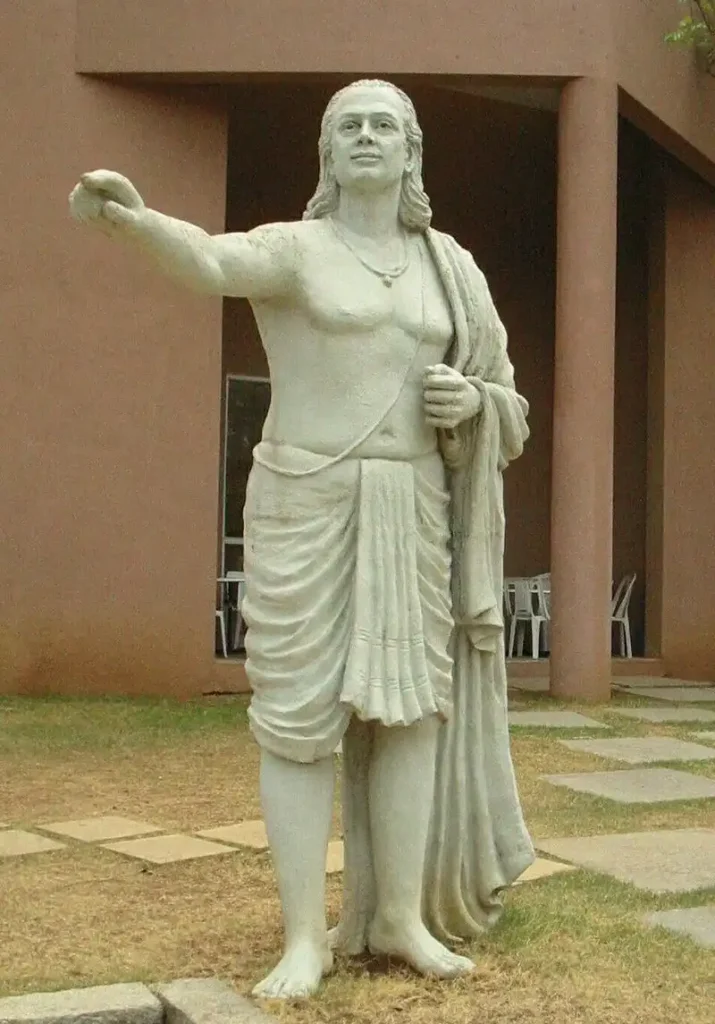
Aryabhata was a 5th-century mathematician who made significant advances in the fields of astronomy and mathematics. He is credited with discovering the concept of zero, and he also developed a new system of numerals that is still used in India today.
Brahmagupta
Brahmagupta was a 7th-century mathematician who made significant advances in the fields of algebra and trigonometry. He is credited with developing the Brahmagupta theorem, which is a key theorem in trigonometry.
Srinivasa Ramanujan
Ramanujan was a 20th-century mathematician who made significant advances in the fields of number theory and analysis. He is considered to be one of the greatest mathematicians of all time.
The contributions of Indian mathematicians have had a profound impact on the development of mathematics. Their work has been used to develop new mathematical theories and solve complex mathematical problems. Indian mathematics has also had a significant impact on the development of mathematics in other parts of the world.
8. Cultural Festivals

India’s calendar is filled with vibrant festivals that celebrate its rich cultural heritage. Diwali, Holi, Eid, Christmas, and Pongal are just a few examples of the diverse festivals that showcase India’s joyous spirit and traditions.
9. Bollywood: The World’s Largest Film Industry
Bollywood, the Hindi film industry, is the largest in the world in terms of the number of films produced. Known for its colorful storytelling, foot-tapping music, and captivating performances, Bollywood has a global fan base.
It is estimated that the industry releases over 1,000 films annually, encompassing a wide range of genres such as romance, drama, action, comedy, and musicals.
10. Culinary Delights
Indian cuisine is a tantalizing fusion of flavors, spices, and regional specialties. From the fiery curries of South India to the aromatic spicy dishes of the North, Indian food is a gastronomic delight that tantalizes the taste buds.
11. Ancient Medical Systems
India has a rich tradition of ancient medical systems, such as Ayurveda and Siddha, which emphasize holistic healing. These time-honored practices focus on achieving balance and harmony in the body, mind, and spirit.
Ayurveda is the oldest and most well-known of the Indian medical systems. It is a comprehensive system of medicine that encompasses diet, exercise, herbal medicine, and lifestyle changes. Ayurveda is based on the belief that each individual has a unique constitution or Prakriti and that the goal of treatment is to restore balance to the doshas.
Siddha is another ancient medical system that originated in India. It is similar to Ayurveda in many ways, but it also has its own unique set of concepts and practices. Siddha is based on the belief that the body is made up of five elements: earth, water, fire, air, and ether. The goal of treatment is to balance these elements and restore harmony to the body.
Both Ayurveda and Siddha are still practiced in India today, and they are also gaining popularity in other parts of the world. These systems of medicine offer a holistic approach to health that can be very effective for many people.
12. Literary Excellence
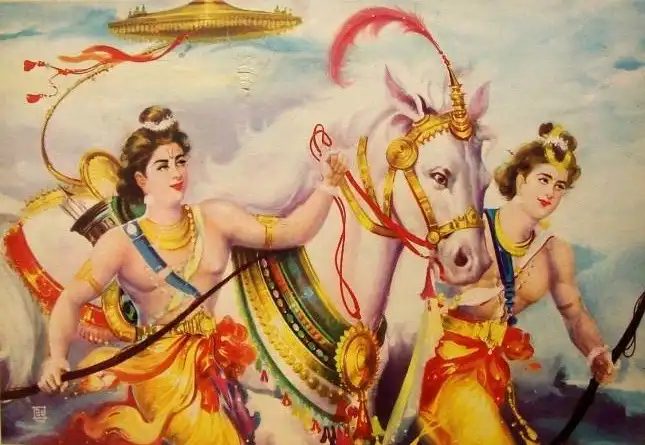
Indian literature boasts a treasure trove of literary masterpieces. It is a vast and diverse body of work that spans thousands of years and encompasses a wide range of genres, including poetry, fiction, nonfiction, and drama.
One of the oldest literary texts in the world, the Rigveda, originates from ancient India and is considered a seminal work of Sanskrit literature. It consists of hymns and poetic verses composed around 1500-1200 BCE.
Indian literature also includes ancient epics like the Mahabharata and the Ramayana, which are not only considered literary classics but also important religious and cultural texts.
In the realm of classical Sanskrit literature, works like the plays of Kalidasa, such as “Abhijnanasakuntalam” and “Meghadutam,” are widely celebrated for their poetic beauty and intricate storytelling. Sanskrit literature also encompasses philosophical treatises like the Upanishads and the Bhagavad Gita.
13. Space Exploration
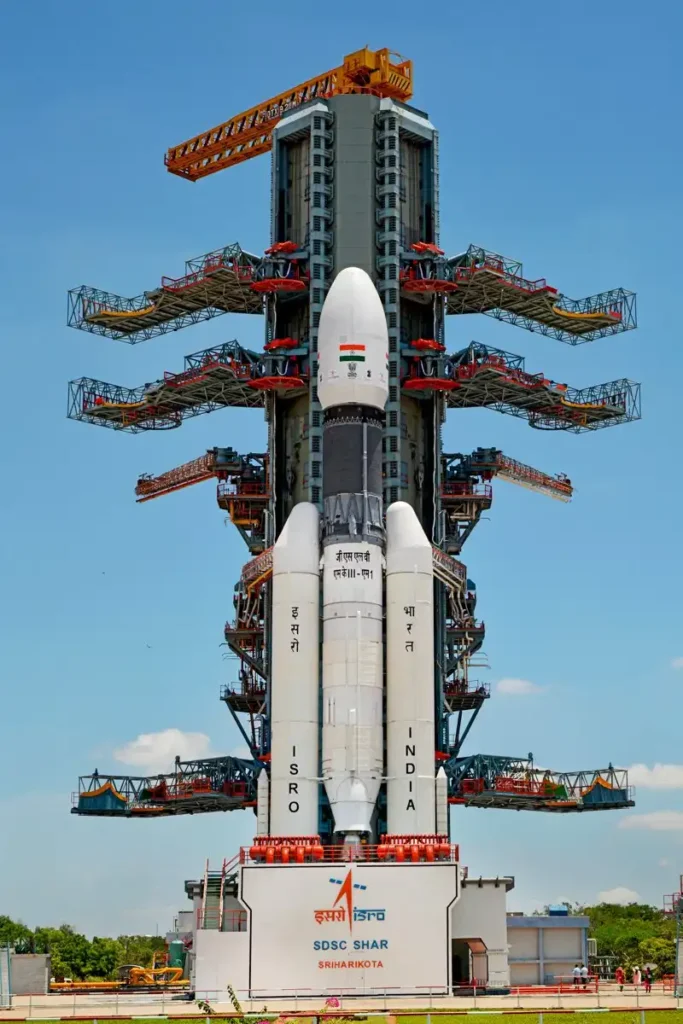
India’s space agency, the Indian Space Research Organisation (ISRO), has made remarkable strides in space exploration. From launching satellites to successful lunar and Mars missions, India has earned a reputation for its scientific achievements. Here are some of their achievements:
- Launched the first Indian satellite, Aryabhata, in 1975.
- Launched the first Indian satellite to orbit the Moon, Chandrayaan-1, in 2008.
- Launched the first Indian mission to Mars, Mangalyaan, in 2013.
- Launched the heaviest rocket built by India, the Geosynchronous Satellite Launch Vehicle Mark III (GSLV Mk III), in 2014.
- Launched the first Indian reusable launch vehicle, the Small Satellite Launch Vehicle (SSLV), in 2022.
ISRO is also developing several other ambitious space missions, including a human spaceflight mission. ISRO’s achievements have made India a major player in the global space race, and they have helped to put India on the map as a leading spacefaring nation.
14. Democracy in Action
India is the world’s largest democracy, with a vibrant electoral system and a commitment to upholding democratic values.
India’s democracy is based on the principles of universal adult suffrage, regular elections, and the rule of law. The country has a multi-party system, and elections are held every five years. Regular free and fair elections enable citizens to participate in shaping the nation’s future.
India’s electoral system is one of the most complex in the world. The country is divided into 545 parliamentary constituencies, and each constituency elects one member of parliament. The elections are conducted by the Election Commission of India, which is an independent body.
15. Sports Achievements
India’s sporting achievements span various disciplines. From cricket, where India has achieved success on the global stage, to hockey, badminton, chess, and wrestling, Indian athletes have brought home numerous medals and accolades.
16. Textile Traditions
India’s textile traditions are renowned for their exquisite craftsmanship. The country has a long and rich history of textile production, dating back to the Indus Valley Civilization.
Over the centuries, Indian weavers have developed a wide range of techniques, including weaving, embroidery, and dyeing. These techniques have been passed down from generation to generation, and they are still used today to produce some of the most beautiful textiles in the world.
From the intricate weaves of Banarasi silk to the vibrant patterns of Bandhani and the timeless elegance of Kanjeevaram sarees, Indian textiles are a symbol of artistry and tradition.
17. Renewable Energy Initiatives

India has made significant strides in renewable energy. It is one of the world’s largest producers of solar energy and has set ambitious targets for transitioning to clean energy sources, contributing to global efforts to combat climate change.
In 2022, India’s installed renewable energy capacity reached 178.79 gigawatts (GW), accounting for 43% of the country’s total installed power capacity. Solar energy accounted for 46.85 GW of this capacity, followed by wind energy (42.6 GW), biomass (10.2 GW), small hydro (4.94 GW), and waste to energy (0.55 GW).
The Indian government has set ambitious targets for renewable energy. By 2030, India aims to achieve 500 GW of installed renewable energy capacity, including 280 GW of solar energy. This would make India one of the world’s leading producers of renewable energy.
18. Wildlife Conservation
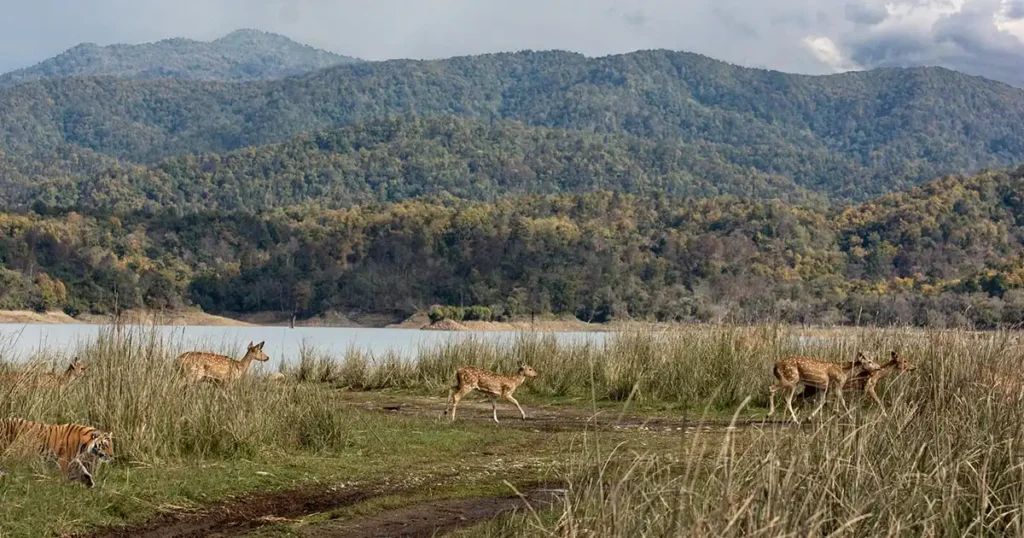
India is home to a wide variety of ecosystems, including forests, grasslands, deserts, and mountains. This diversity of habitats supports a wide variety of wildlife, including tigers, elephants, rhinos, lions, leopards, bears, and countless species of birds, reptiles, and insects.
India has a long history of wildlife conservation. In 1972, the Indian government enacted the Wildlife Protection Act, which established a system of national parks and wildlife sanctuaries. With numerous national parks and wildlife sanctuaries, including the iconic Jim Corbett National Park and Kaziranga National Park, India is dedicated to preserving its natural heritage.
Today, there are over 100 national parks and 500 wildlife sanctuaries in India. These protected areas help to protect India’s wildlife and natural heritage.
19. Philanthropic Tradition
Philanthropy is the act of giving money, time, or other resources to help others. India has a strong philanthropic tradition, with individuals and organizations actively engaged in charitable activities. From supporting education and healthcare initiatives to providing relief during natural disasters, Indians have a long-standing commitment to giving back to society.
In India, philanthropy has been practiced for centuries, and it is deeply rooted in the country’s culture and religion.
Philanthropy in India is often motivated by religious beliefs. For example, in Hinduism, there is a concept of “Dharma,” which means “duty.” One of the duties of a Hindu is to give to others, and this is often done through philanthropy.
Discover captivating insights into Hinduism’s rich heritage, beliefs, and rituals in these 20 interesting facts about Hinduism to enlighten your mind!
20. Economic Growth and Innovation
India has emerged as one of the fastest-growing economies globally. With a robust startup ecosystem, advancements in technology, and a skilled workforce, India is a hub of innovation and entrepreneurship.
The International Monetary Fund (IMF) has projected that India’s economy will grow by 6.1% in 2023, making it the fastest-growing major economy in the world. This is even though the global economy is expected to slow down in 2023.
You may also like:
- 20 Facts About the Konark Sun Temple – A Magnificent Masterpiece of Ancient India
- 20 Incredible Facts About Indian History
- 20 Great Indian Discoveries & Inventions
- 20 Amazing Facts About India
- 60 Mind-Blowing and Latest Facts About Indian Railways
Conclusion
These proud facts about India reflect a tapestry of achievements, cultural riches, and contributions that have shaped the nation’s identity. From its ancient heritage to contemporary advancements, India continues to inspire the world with its rich history, diverse culture, and unwavering spirit.
As India marches forward, it stands poised to make even more significant contributions in various fields, leaving an indelible mark on the global stage.



